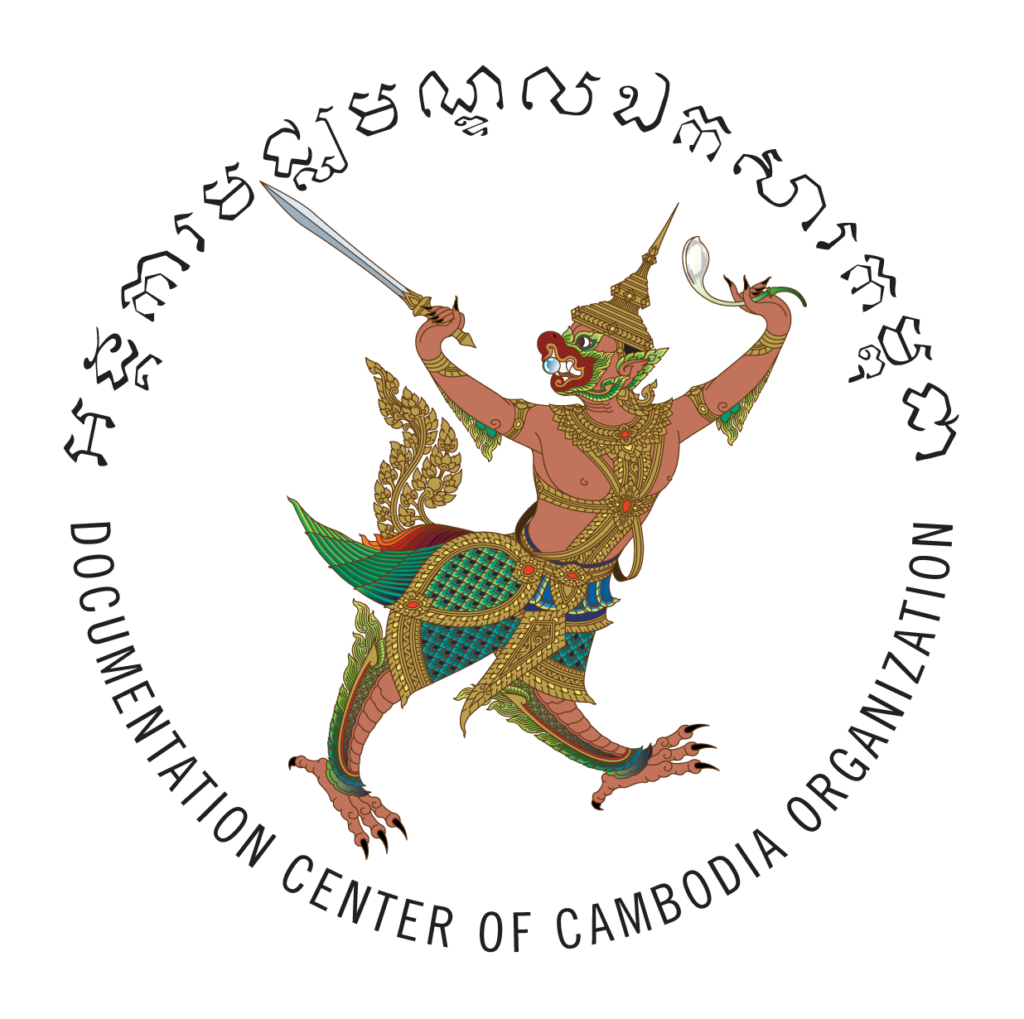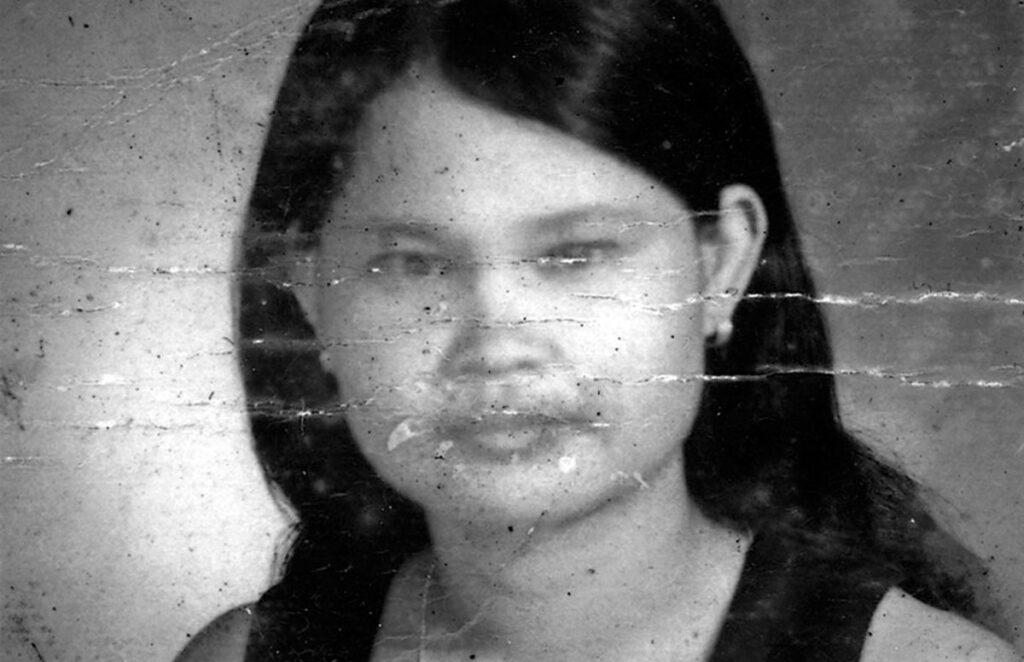My husband Vorn had skin the color of a soybean. He was gentle, hardworking, and very likable. We were married when I was 16. About a month later, the village and sub-district authorities came to persuade Vorn to join Lon Nol’s army. He didn’t want to, but had little choice. He served in many battles.
At the beginning of 1975, my husband was ordered to go to a village on the outskirts of Phnom Penh, where he was wounded in the thigh. When his colleagues gave me this news, I took a helicopter from Takeo Province to care for him. I cried when I first saw his injuries. He couldn’t stop bleeding and there were worms in his wound. The doctors tried to help him, but he was unable to walk.
I refused to leave him when the Khmer Rouge began evacuating people from Phnom Penh. When they forced us to leave the hospital, I put Vorn in a cart and tied him to it with a krama so he wouldn’t fall out. I was nearly ready to give birth and my belly was very big, so it was difficult for me to travel.
Along the road, I buried Vorn’s documents and uniform. When the Khmer Rouge questioned us, I told them that my husband was an ice seller and I was a housewife. But because Vorn had a wounded leg, they didn’t believe him. They took my husband and put him in a car. I think they killed him because he was a Lon Nol soldier.
My was evacuated to Chambakk Village in Kampong Cham Province and 15 days after I arrived, my daughter was born. I was very scared because I didn’t know how to deliver a baby and there was no nurse to help me. However, one of my neighbors knew about childbirth and helped me. It was a breech birth and very painful.
The villagers told me to name my daughter Chambakk, so she would not forget where she was born. I was ordered to go to work in the fields 15 days later. I brought Chambakk along with me to the fields and put her in a hammock to sleep while I was working. But when she became sick with a high fever, there were no doctors to treat her. She died when she was nine months old. I asked the Angkar if I could bury her, but they refused and threw her body into the river. I cried in silence; if the cadres had heard me, I would have been killed.
While I was working in the rice fields, spies came to check my house many times, but could not find anything. I had hidden our photos in a plastic bag and kept them in my shirt pocket. The Angkar kept asking me about my husband, but I told them he was an ice seller and had already been taken away to be killed. Eventually, they stopped asking me about him.
When the Vietnamese liberated us, I ran to the village to steal some rice that had just been harvested. I gave two baskets of it to a boatman so he would take me back to Phnom Penh. My mother finally found me, and we returned to our house in Takeo province, but when we arrived, we found that it had been totally destroyed by bombs.
My mother told me that the Angkar had killed my father because he had refused to follow the Angkar, who had ordered my sister to marry. Two cadres had walked him out of the village and he disappeared. A few days later, my sister disappeared in the same way.

